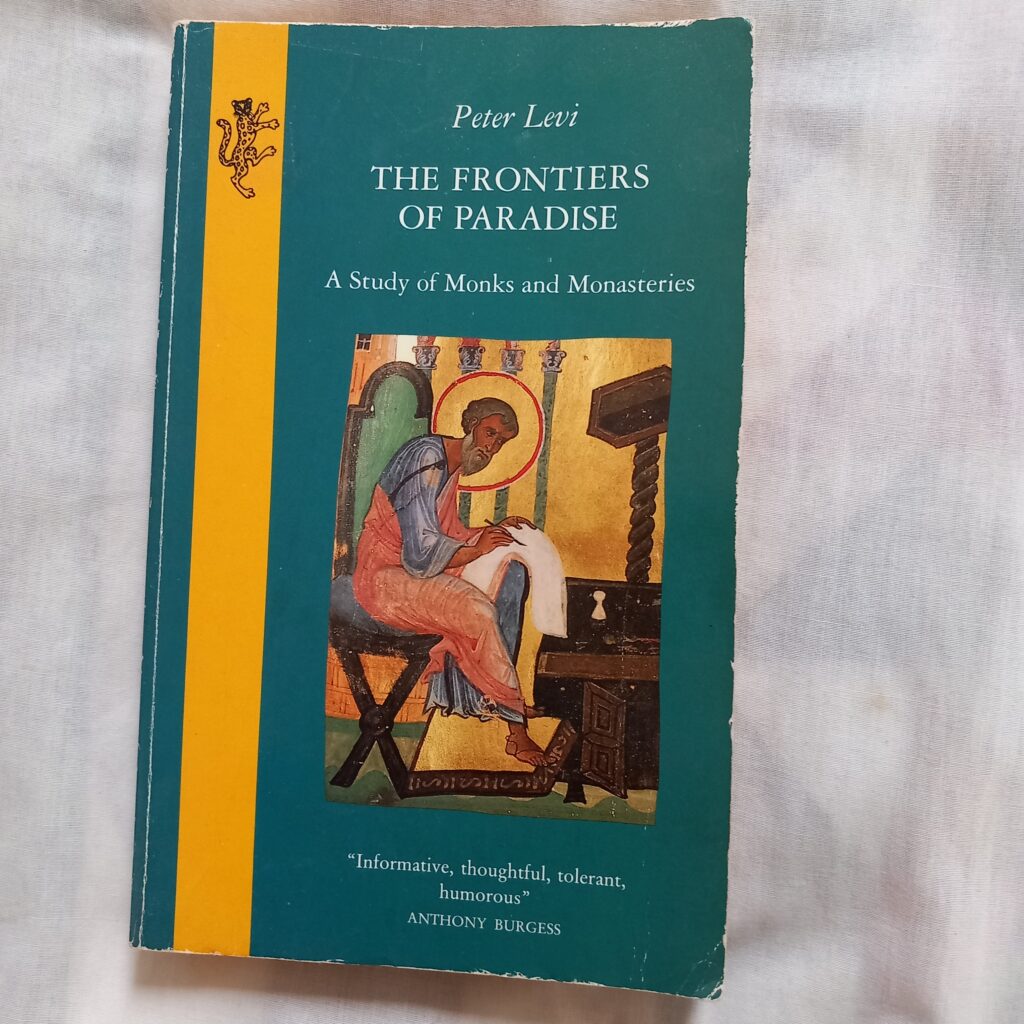
He’s sold millions of books and has thousands of eager readers. I have sold thousands of books and have a few hundred eager readers. But the strange thing is, in most respects I am a better writer than Dean Koontz: my dialogue is better, I don’t grandstand my political views, and I edit out the second purple prose sentence rather than leaving it in.
But there is one area in which Dean Koontz is a much, much better writer than me, and 99.999per cent of other writers: he is the absolute master of the story hook. Of the ‘what if’ idea upon which the story turns, the idea that drags the reader into the story and keeps them there until the end, wanting to know what happens next.
What is astonishing about Koontz is his ability to come up with so many brilliant story hooks, each different but almost all of them compelling. In The Bad Weather Friend, Benny Catspaw, a hero for whom ‘nice’ is a compliment as well as a completely accurate description, has his life systematically dismantled by nefarious forces, only to take delivery of a seven-foot-tall bad-weather friend, a superhuman protector known as a craggle. Frankly, we all could do with a craggle and I wish I had one too. Reading how Benny deals with his craggle, and how the craggle deals with Benny, makes for a wonderfully entertaining story – although, strictly speaking, the title should have a hyphen: The Bad-Weather Friend.
Mr Koontz, I salute you. I may have a better grasp of the craft of writing but you far exceed me in your understanding of its heart: then what happened?








